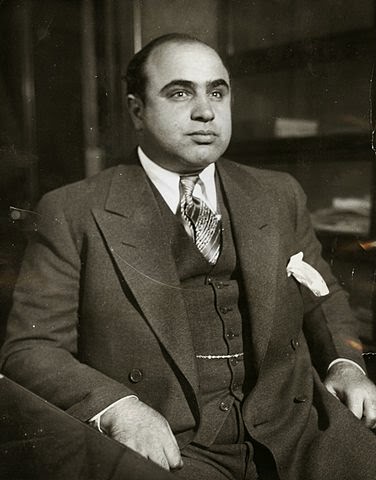By Jane Feehan
The nation’s first oceangoing hydrofoil, the H.S. Denison, sailed out of Port Everglades February 2, 1964 for a sea trial. The vessel, first of its kind designed for high speeds over rough waters, was scheduled for passenger service between Fort Lauderdale and Nassau.
Capt. P.O. Clarke ran the vessel through an impressive test. At 23 knots, the 104.6 foot Denison began to rise from the water. At 30 knots it was free from the seas and at 50 knots it was “flying” on its foils with the hull five feet above the ocean.
Though its sea trial was impressive, the Denison remained an experimental vessel, a disappointment to many. The project, initially developed by the Marine Administration (MARAD) of the U.S. Department of Commerce, Aircraft Engine Corporation and General Electric, was coordinated by enthusiastic supporter Charles R. Denison in 1958. The group’s objective was to research possibilities for express cargo shipping and passenger travel at 200 knots. Dension died early in the ship’s design, which diminished impetus for and focus on the project in the years that followed.
It was reported that 73 companies collectively invested more than $8 million to develop the hydrofoil named posthumously for its most ardent supporter. General Electric built a 14,000 horsepower gas turbine engine for the experimental 94-ton ship. The vessel was completed and launched June 5, 1962 by Grumman Corp. in Oyster Bay, Long Island. Sea trials commenced a few days later and were conducted along the eastern seaboard from Maine to Florida in ocean waters as high as nine feet.
The U.S. Navy withdrew its support of the project to pursue development of its own hydrofoil, which affected commercial plans for the H.S. Dension. Today, a ferry service from Port Everglades to Bimini operates at about 32 knots for passenger and cargo transport—considerably slower than Charles R. Denison envisioned during the 1950s. Maybe speed is why a solid business model for ferry service in this market seems elusive.
Copyright © 2015. All rights reserved. Jane Feehan.
Sources:
Miami News, Feb. 2, 1964
www.foils.org/denison.htmhttps://foils.org/
Tags: Fort Lauderdale history, Fort Lauderdale historian, Port Everglades history, film researcher, hydrofoils, maritime history









